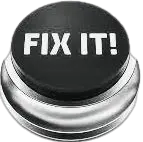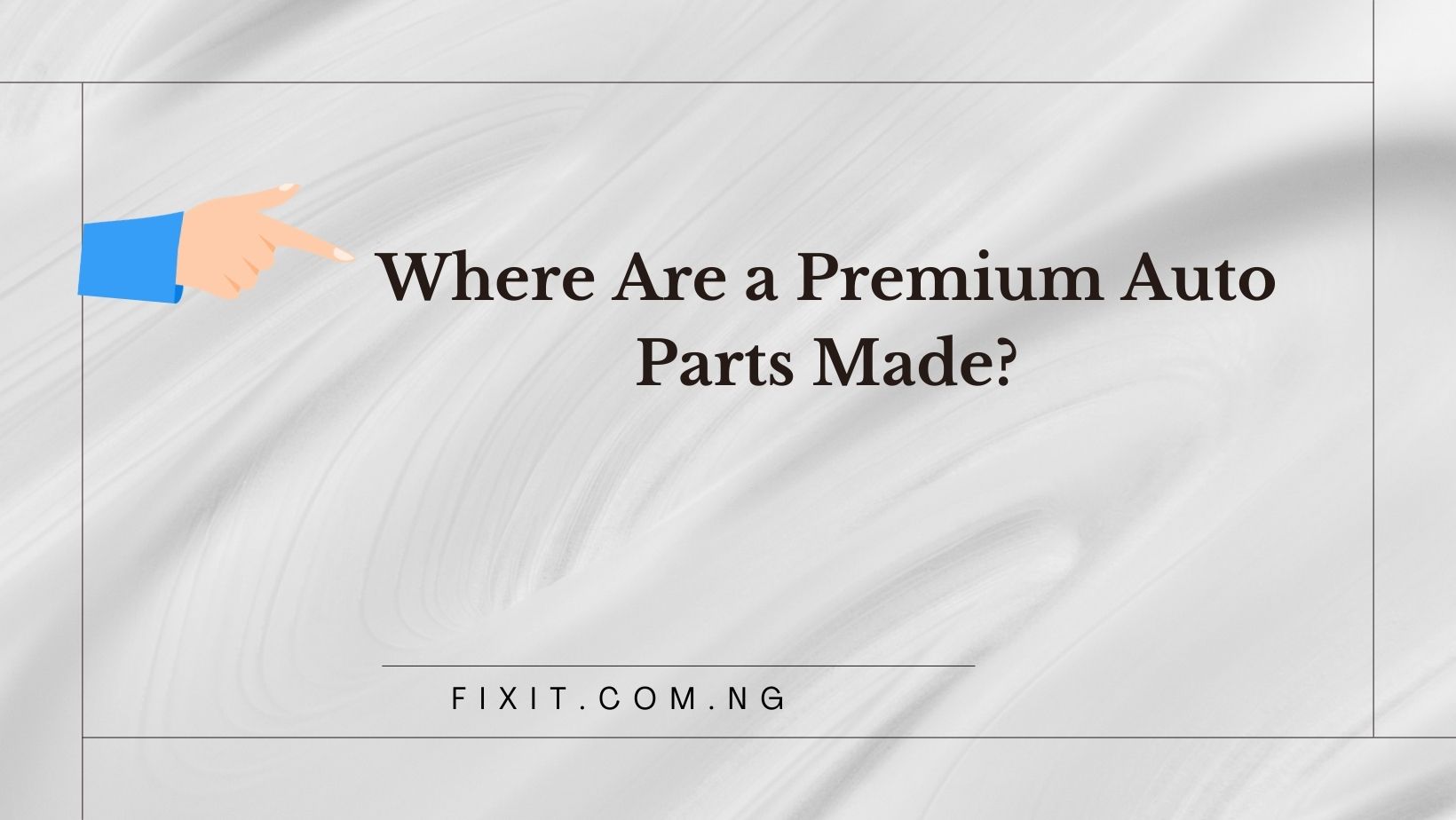When purchasing premium auto parts, you want to know they’re built well and come with an extended warranty policy that makes sense for your car. A-premium offers straightforward warranty policies which are easy to understand.
Mexico, China and India are three top auto parts exporters to the US due to their proximity.
They are Made in the U.S.A.
Selecting the ideal auto parts is key to enjoying an effortless driving experience. A-premium stands out by offering high-quality components at an attractive price point – both qualities which A-premium has in abundance and is ready to offer premium quality auto parts for all of your repair needs.
AI Automotive Products of America specializes in offering American-made auto products and parts, and offer an extensive selection for all makes and models of cars and SUVs. Their large selection of tools and equipment ensure you can complete any task successfully, while their team of specialists is always at hand to assist customers find what they need for their vehicle.
Since 2007, this company has specialized in providing quality spare interiors, noise & vibration and cooling products to all types of vehicles. Operating from six strategically-placed manufacturing plants throughout North America, they deliver their one-of-a-kind product at competitive pricing to clients.
In 2021, the US imported over $60B worth of auto parts into its borders – both OEM and aftermarket components were imported by both OEMs and aftermarket suppliers. Below is a table that details this import trend by country of origin for each type of imports into America.
They are Made in Mexico
Mexico’s automotive production is rebounding steadily since the pandemic hit. Auto parts production hit $10 billion monthly in March – well beyond pre-pandemic levels. Most of this traffic crosses into the US where exports accounted for 88%; Canada, China, Japan, Germany South Korea as well as Mexico also benefitted.
Many foreign companies are opening automotive and auto parts maquiladoras in Mexico to take advantage of its low labor costs, trade agreements and proximity to their major markets. By producing vehicles and parts at lower costs than in the United States, Mexican facilities provide foreign companies a competitive edge in producing them at less expense.
Mexico’s auto manufacturing boom has been an economic boon, employing over 70,000 foreign-owned workers directly and contributing over $1 trillion to GDP and creating millions of indirect jobs.
The United States is Mexico’s top auto part exporter. Under the North American Free Trade Agreement, duties and taxes on imported auto parts from Mexico to the U.S. have been significantly reduced, providing significant cost savings to U.S. suppliers. But other factors also play a part in Mexico’s success as an auto parts manufacturing hub, including highly qualified labor and an effective supply chain system.
They are Made in China
When replacing car parts, you want to make sure you are receiving only top-quality components. That is why many auto dealers purchase premium parts directly from manufacturers and sell them under their own name – this way they can ensure the quality of the parts. However, some companies do not follow this practice and instead sell what are known as store brand parts in stores such as Autozone and NAPA.
China is one of the world’s premier suppliers of auto parts and components. Vehicle production in China is dominated by state-owned firms such as SAIC, FAW and Dongfeng; supported by an expansive network of 76 component manufacturing conglomerates and 184 vehicle assemblers as well as various private and indigenous brands.
YIJIN Hardware, located in Shenzen, is a leading company that manufactures all sorts of automotive parts and accessories. Their products are constructed using high-grade materials by an experienced team of professionals; furthermore they also offer customization services and fast delivery of their products.
OSSCA Parts is another Chinese manufacturer producing premium automotive parts. Established for more than five years, their production is supported by an excellent customer base, serving state-of-the-art vehicle companies worldwide.
They are Made in Europe
European auto parts industry is struggling to strike a balance between rising production costs and uncommitted clients, new entrants such as battery makers, semiconductor companies and software specialists entering the market and traditional automakers’ interests – this especially holds true in Europe where car sales have decreased and vehicle ageing rates continue to increase – is becoming an increasing threat.
Europe’s auto parts industry is a multi-billion dollar business reliant upon global supply chains. Some leading suppliers with strong growth prospects reside here; Bosch, Magneti Marelli and Faurecia among them. These firms specialize in producing replacement parts such as electronic components, electrical systems and lubricants that are sold by professional repairers or used within the aftermarket of vehicles.
Therefore, global supply chains are exposed to political events and regional tensions. Furthermore, new entrants are emerging into the market to challenge traditional suppliers; offering technologies like batteries, semiconductors and software. Traditional suppliers must navigate carefully between price pressures and innovative product offerings in order to remain viable.
The European aftermarket is a rapidly-expanding business projected to reach almost $100 billion by 2021. Profitability within this industry is driven largely by increased replacement part demand; as a result, automotive aftermarket investing is becoming more appealing to investors.

